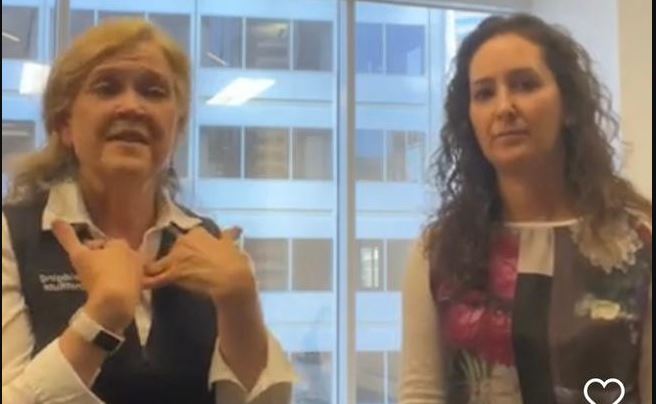Families, Trauma, and How Micromovements Help
There are so many ways trauma can impact us!
Obvious traumas are injuries and accidents.
Less obvious traumas include:
- medical procedures
- emotional trauma
- birth trauma
- illness
How many traumas have you or a family member experienced?
Recently we shared our model of how Bridging helps to quickly get your body back on track after these traumas.
You can reference that diagram and discussion here.
IG Live: Talking Trauma, Movement and Supporting Families
Recently I had the pleasure to sit down with Michele Katz, founder of Plus One Adoption Foundation, to talk about trauma, the body, and how Bridging helps with moving forward.
Our chat can be found on InstaGram on the PlusOneAdoption page. (While you’re on IG please find our page The_Bridging_Inst and follow us.)
We talk about why families might have children with trauma who are just not progressing forward with motor skills, social skills, or education as expected. There are so many early life reasons for these sorts of delays, and Bridging is uniquely able to make an impact.
I also was able to demonstrate with Michele how Bridging works, and how we can interact with kids who may be sensitive to touch.
There are two references I mentioned that you may be interested in:
The Body Keeps the Score, by Bessel van der Kolk
The Biology of Belief, by Bruce Lipton
These are each interesting reads which link trauma to the body and show that it is possible to change or reset its effects.
Can’t kids deal with the trauma via mental health professionals?
Yes, and no. Mental health professionals are masterful with providing strategies for coping with anxiety, diffusing anger, and managing stressful situations. A key ingredient in this work is language and communication.
When trauma happens at pre-language developmental periods we find that using movement to repair the effects of trauma is integral.
The primary sources of pre-language trauma are birth, early medical procedures, and early accidents/injuries. These traumas interfere in the progression of motor skills, social-emotional development, and communication skill development.
(Our amazing trauma resource on the team is Becki Logan whose unique background includes her Child Life Masters degree which specifically focuses on the developmental impact of illness and injury.)
How does Bridging help address early traumas?
The Bridging process identifies specific aspects of core, limb, and sensory interactions which are impacted from birth, medical restraints/interventions, or injuries at early ages.
Often, it’s a matter of guiding the body to reorganize core movement and then the transitions between limbs and core. This allows the related sensory system function and sensorimotor skills to get back on track.
Then, these allow communication skills to move forward. This is the main reason why our sessions are spaced 4-6+ weeks apart — to allow subsequent brain development to occur.
It’s amazing to see kids calm and interact differently from the beginning to the end of a session!
(We also work with adults who have had trauma in their childhood, and adulthood. Generally, Bridging is able to impact your coping mechanisms related to trauma impacting core function, calming ability, and communication skills.)

